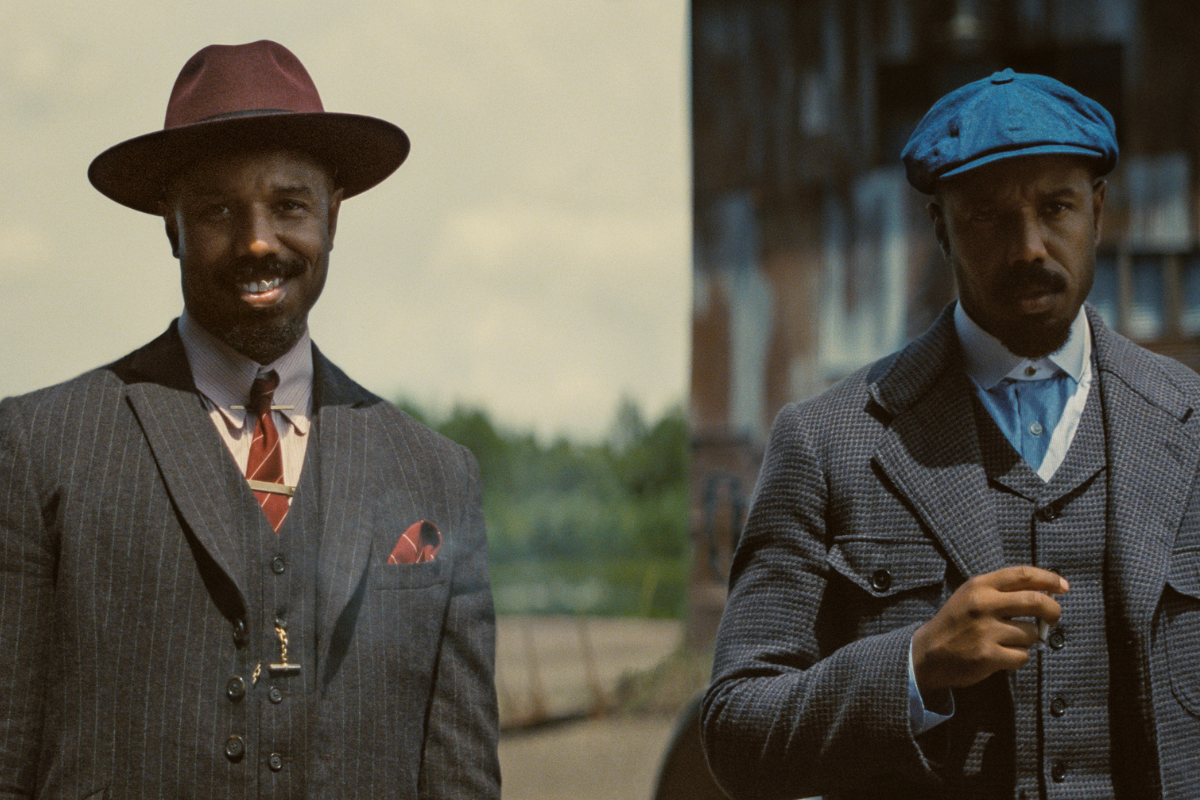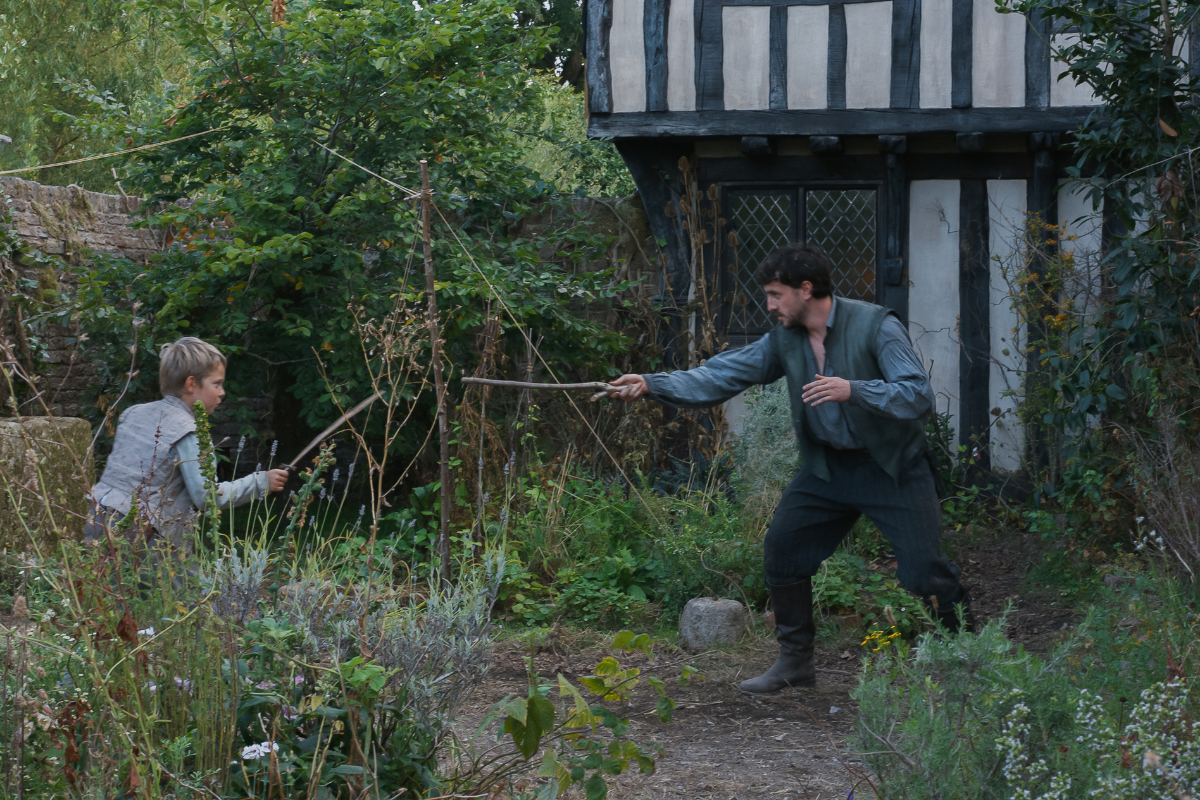Read These 3 Things to Thrive as a Story Analyst
These extra steps provide the reader with a wealth of insight that allows them to fulfill their responsibilities with greater ease and confidence.
It’s true that story analysts are constantly reading. Literary submissions come to them in a variety of formats and writing styles, awaiting their meticulous review. This is an ideal role for bibliophiles and cinephiles!
But to truly excel at the job, there are other sources of information that the script reader should also study regularly. Far from being onerous or fatiguing, these extra steps provide the reader with a wealth of insight that allows them to fulfill their responsibilities with greater ease and confidence.
Firstly, reading what’s happening in the industry at large is an evergreen rule of thumb.
The key factor of course is to make sure that the sources you are pulling from are legitimate and reputable. This means familiarizing oneself with “the trades” (Variety, The Hollywood Reporter, Deadline, Publishers Weekly, Kirkus, etc.) rather than merely following industry commentators on social media. The benefit is that the story analyst will stay up to date on a number of significant data points that are useful when deciding whether or not a story draft makes solid business sense.
For instance, understanding the box office returns on recent films (the good and the bad), can shed light on what to possibly expect for project proposals of a similar nature. Interviews with talent can sometimes give a glimpse into the specific content that high level actors are looking to do next–does their wish list relate to any writing samples that cross your desk? Alternatively, knowing locations around the world that are becoming more attractive for producers due to new or bigger tax breaks is always a handy bit of intel to have up your sleeve. Learning what kinds of stories mass audiences are showing up for, as well as any rising hurdles that might cause trouble for production, calibrates your creative compass to be that much more accurate when assessing scripts of all genres.
But staying on top of breaking news doesn’t have to equate with spending a small fortune to pay for a dozen subscriptions, or using every last minute of the day to absorb endless content. Some public libraries offer free access to recent issues of top-tier magazines, so retrieving them is as easy as the click of a button. What’s more, notable publications offer the option to sign up for digital newsletters via email. Even if you were to sign up for 3 different free newsletters and just read the titles of the articles for 15 minutes each morning, you’d get a sense of the biggest hits, the worst flops, and the hot-button topics in town that are most important to be aware of.
Another way to read what’s happening in the industry is to get your hands on produced scripts and/or bestselling books that are no more than 3 to 5 years old. This is because recent content shows the analyst which subject matter niches are overcrowded vs. popular vs. underserved. All stories land on a sliding scale, or spectrum, with “too much” of repeated content on one end, and “too little” of niche content on the other end. So consider that sliding scale next time you’re asked to read a script. Being able to articulate where exactly a working draft lands on the spectrum is a valuable skill.
Again, finding quality titles that have been released in recent years doesn’t have to break the bank. When it comes to finding scripts for film or TV, there are several easy-to-use websites that offer PDFs to save and study for free. Some of the ones I use most often include: The Internet Movie Script Database, TV Writing Co, The Internet Archive, Go Into the Story, and the Read the Screenplay series from Deadline, which runs during awards season each year. To flip through actual hardcopies, readers can also make an appointment to visit The Writers Guild Foundation library.
Secondly, reading samples of others’ critique is a lesson in and of itself.
There’s nothing quite like seeing how someone else would do your job. Of course, finding coverage samples can sometimes be tricky due to legal constraints. Almost all professionals who read for a living are barred from sharing copies of their past work with the public, but there are a few select places where the analyst has been given permission to share their work for educational purposes. Here’s a real example by a pro story analyst who was reading a project with Keanu Reeves attached. Also, WeScreenplay breaks down the coverage for an early version of a script that starred Ben Stiller. Meanwhile, Coverage Ink offers a couple of samples, some of them notably better than others.
When looking these over, pay attention to the recurring story elements that are mentioned in every single sample. Did the analyst dissect certain aspects of the writing that you would not have thought to include? Make it a practice to keep these elements in mind when approaching your own notes.
Here’s another trick: next time you watch a new movie in theaters, or catch the pilot episode of a fresh series, take an hour or two to write an assessment of the story. When you’re done, look at how the film or episode was reviewed by the critics in a couple of the trades. (Another reason to have industry news at your fingertips!) Compare what the critics shared to what you just wrote.
If similarities appear between your review and theirs, such as the caliber of the dialogue, the pacing, the level of conflict, etc., then that’s a sign your creative measuring stick (so to speak) isn’t too far off from the one that others in the industry are using. Well done! However, if the draft in front of you bears little-to-no resemblance to the views presented by most critics… be willing to admit that you might have more to learn about the art of creative critique.
Thirdly, read the people you're working for.
This point specifically applies to work arrangements where you get to have a live conversation with the client. Don’t forget that in addition to studying the story, there's great value in noticing the visual and unspoken cues that people display when discussing the project. All these cues help you better understand what to focus on in your feedback.
Predominantly, look for moments when the person across the table appears more energized and engaged. When they physically lean in, nod along, or take a beat to scribble down some notes based on what you’ve just shared, what is the topic of conversation? Once you notice them responding to certain subjects with greater focus or enthusiasm, keep mining that area in further discussion. Encourage the client to lean into that topic in the story, so that they can fall more and more in love with the project.
Alternatively, if the client appears to cross their arms, physically pull back, or their facial expression turns a bit sour as you discuss a specific component of the feedback, that subject matter is clearly a place to tread tactfully. When a client shows discomfort or vulnerability, that’s always a good time to remind them that you’re there to support the creative work as a guide, not a dictator. In my experience, reminding the client that they still have final say for what happens next, usually does the trick to get them back to a mental space where they’re more willing to listen to the critique. Make it a practice to pay attention to these little signals and respond accordingly. Whether they say it aloud or not, your client will appreciate it!
So there you have it. Stay up to date on what’s unfolding in the industry, read up on how others are approaching creative critique, and make a point to observe non-verbal cues when meeting with clients. The quality of your work will certainly improve, and clients will feel that they’re in good hands.
H. S. Fishbrook is a freelance writer and story analyst from LA who finds great joy in fostering stories that elevate thought, for both film and print. Her experience includes studying abroad at The Shakespeare Birthplace Trust in Stratford-upon-Avon and the Globe Theatre in London, which quickly fanned the flames of her love for dramatic storytelling. As a story analyst her biggest client to date is Amazon Studios, but she also enjoys supporting writers 1-on-1. To learn more about her and her work as a creative writing consultant for screenwriters and novelists, visit HSFishbrook.com.







